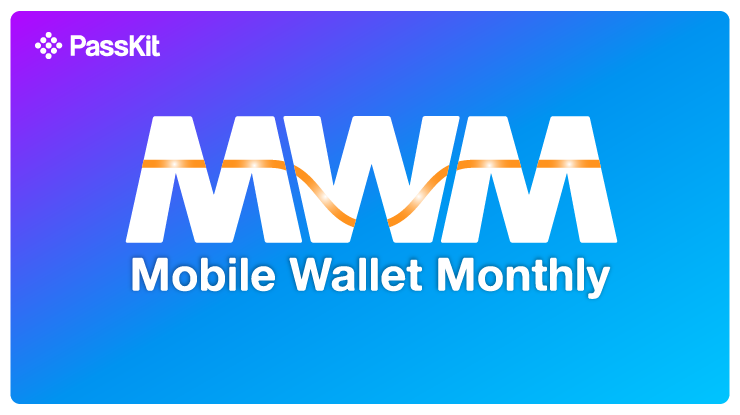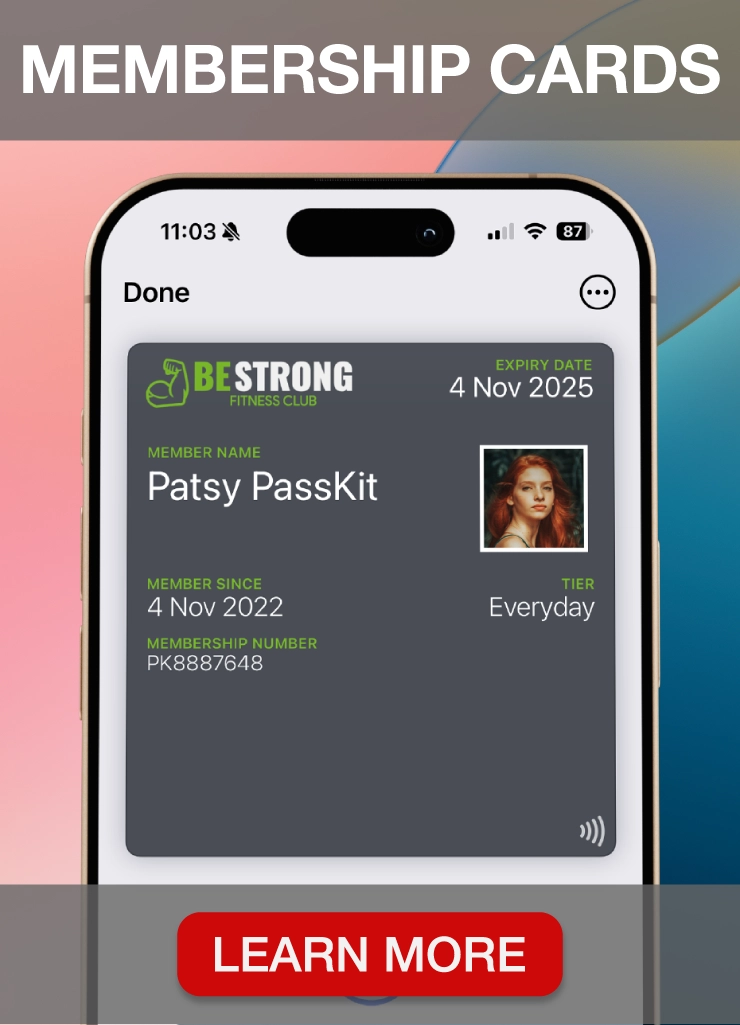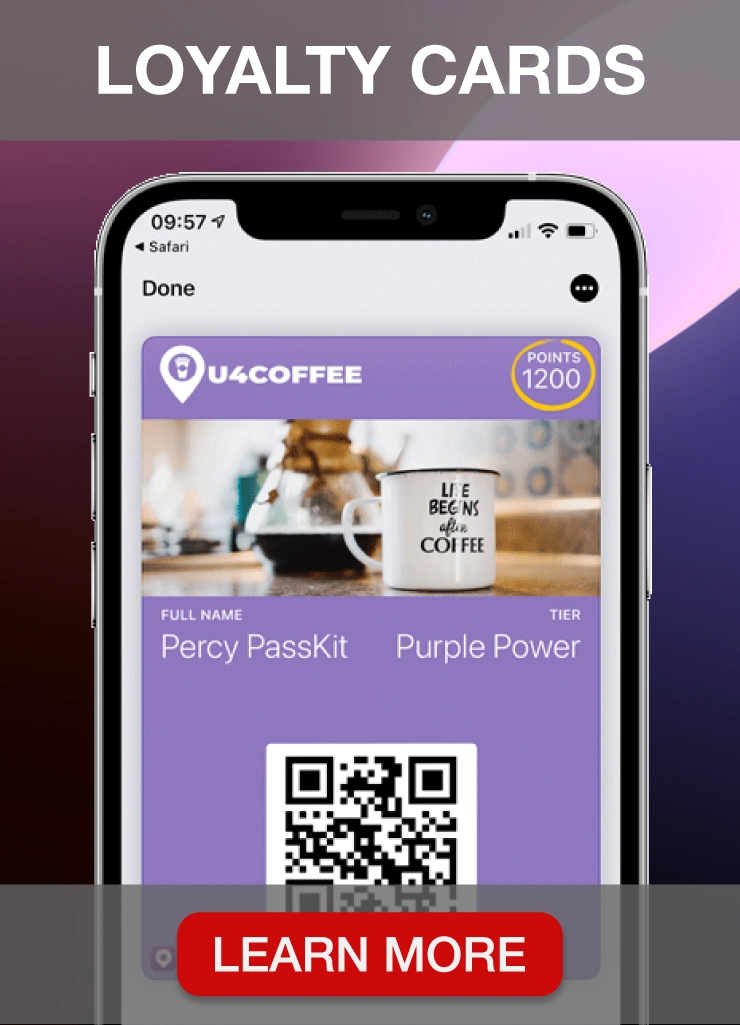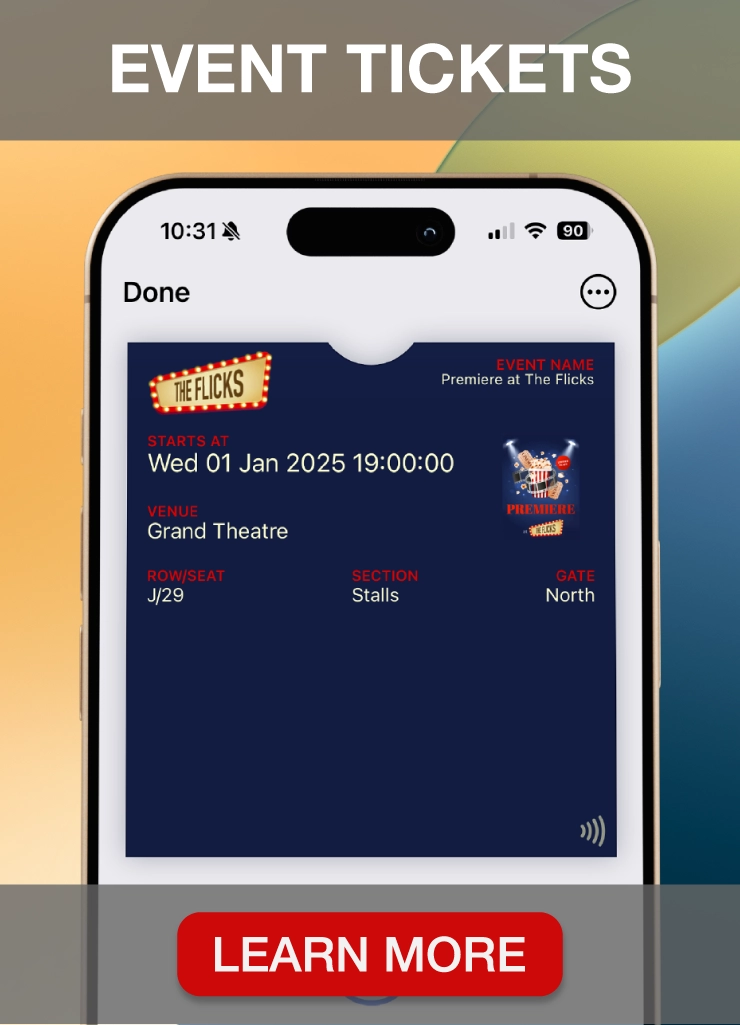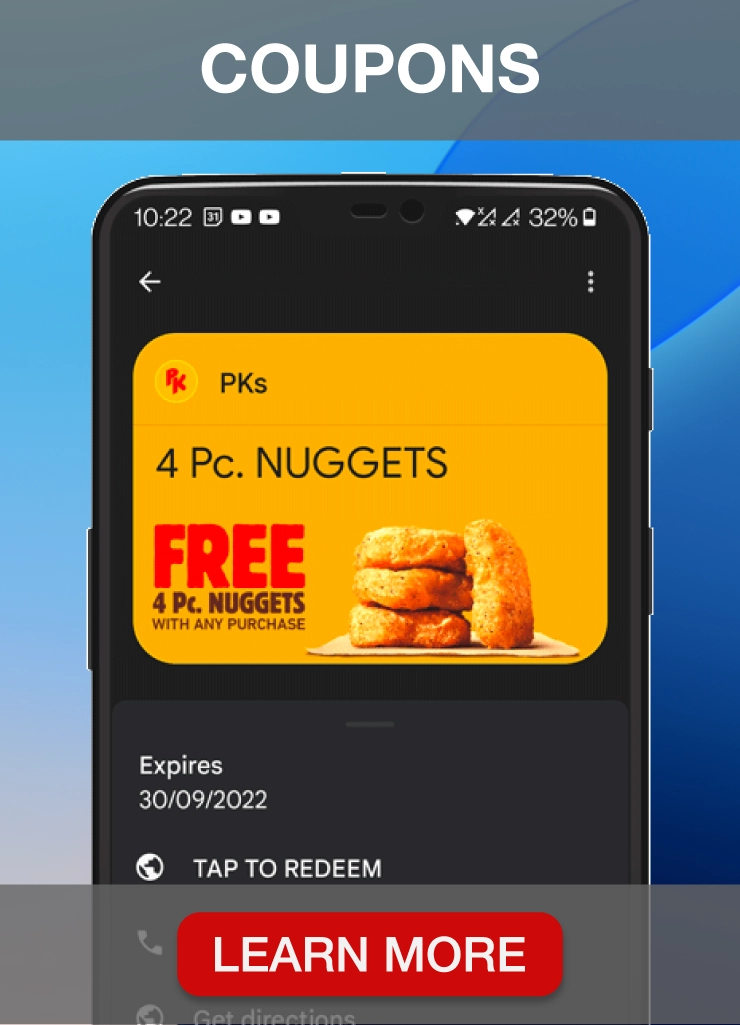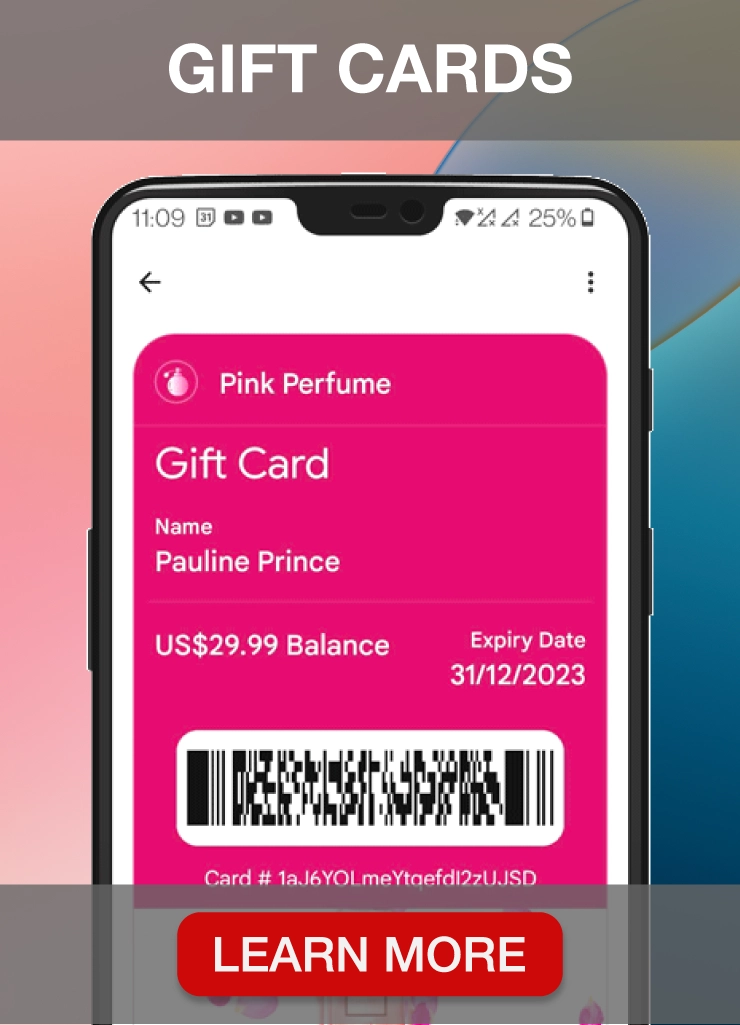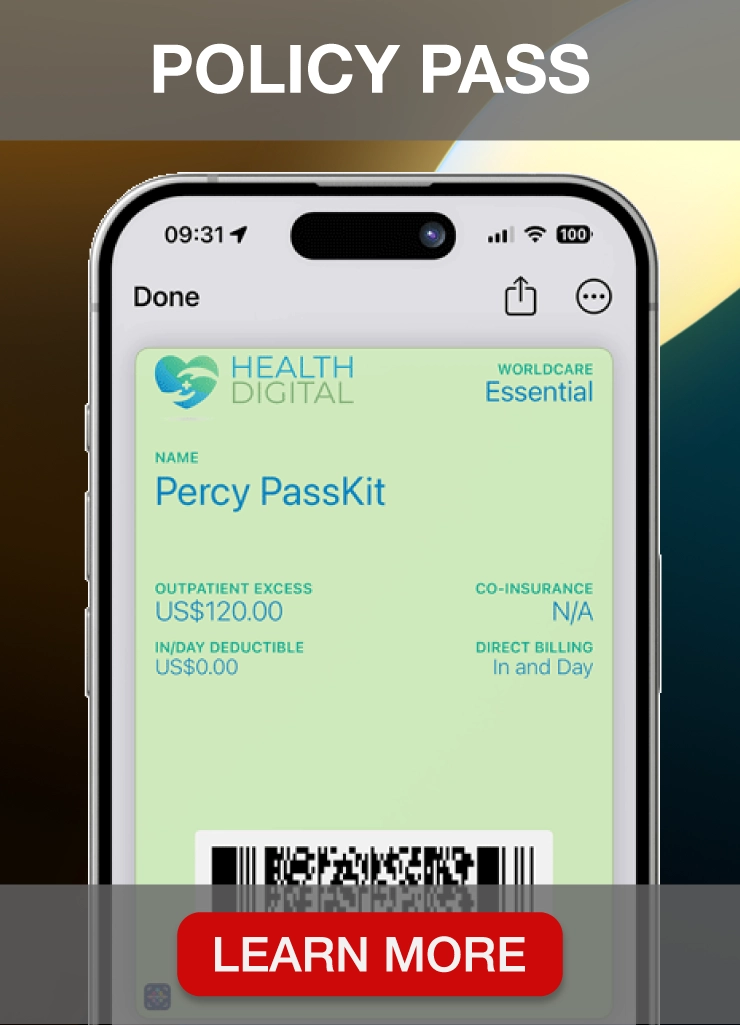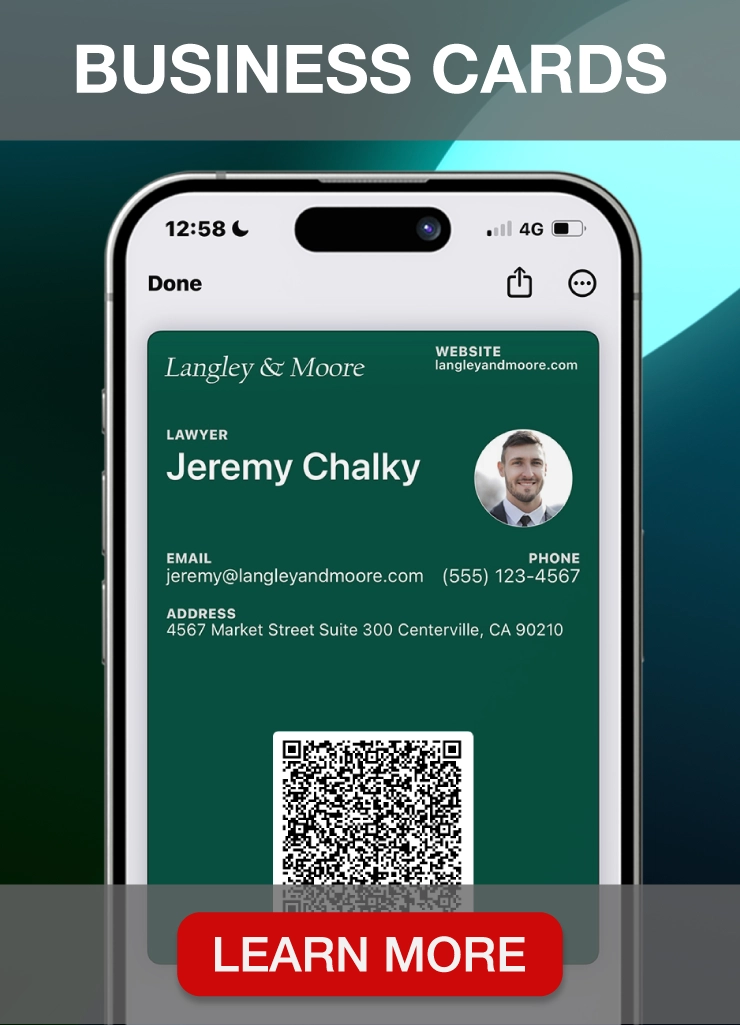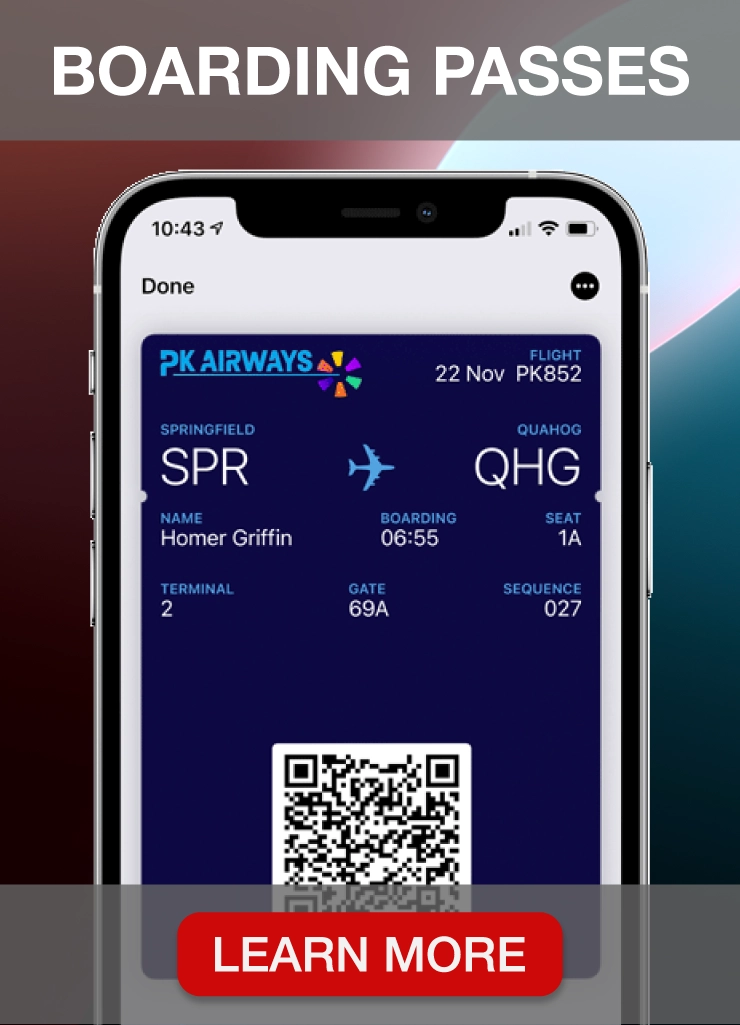Loyalty programs are a popular way for businesses to retain customers and increase sales. According to Queue-it, loyalty program members generate 12-18% more incremental revenue growth yearly than non-members.
However, many small business owners wonder how much does a loyalty program cost .
In this article, we will break down the numbers and explore the expenses associated with traditional and digital loyalty programs.
We will also discuss choosing the best loyalty program management software, budgeting essentials, pricing models, and optimizing loyalty program fees.
Let’s start with some basics.
Why start a loyalty program for your small business
Starting a loyalty program for your small business is a smart way to keep customers returning and transform transactions into meaningful relationships.
By offering rewards for repeat business, you can foster brand allegiance amongst your loyal customers, which can help you stand out in a crowded market and ensure sustained profitability for your business.
Implementing loyalty programs can also help you build a positive reputation and boost customer satisfaction, leading to increased referrals and more business in the long run.
Traditional vs. digital loyalty programs: How they compare
Traditional loyalty programs involve using physical loyalty cards that customers present at the point of sale to earn rewards. With digital loyalty programs, on the other hand, you can use mobile apps, wallets or web-based platforms to track customer purchases and offer rewards.
Stats show us that more than 90% of companies have some form of loyalty program, while loyalty program members make 45% of their sales.
While traditional loyalty programs have existed for decades, digital loyalty programs are becoming increasingly popular due to their convenience and flexibility.
But how do they compare regarding the loyalty program costs? Let’s take a closer look.
Traditional loyalty program costs breakdown
Image source: Etsy
Loyalty programs that follow the traditional approach come with several associated costs. Let’s explore the most significant ones.
Printing and design expenses
Printing and designing loyalty cards can range from $75 to $1,000, considering card material, design complexity, and quantity. You can use pre-designed templates or outsource the work to freelancers to cut costs significantly.
Distribution costs
Distributing loyalty cards to customers can also be costly, especially if you have a large customer base ranging from $300 to $1,500. However, you can reduce costs by using cost-effective distribution methods, such as mailing the cards or distributing them in-store.
Staff training and management
Training staff to manage the loyalty program can also be a significant business cost, ranging from $500 to $2,500, depending on the staff’s size, the program’s complexity, and the training method. However, investing in staff training can pay off in the long run by improving customer experience and increasing sales.
Data entry and management
Managing customer data is time-consuming and error-prone. Poor data quality costs organizations an average of $12.9 million annually. Software solutions can automate data entry and management, reducing costs and improving efficiency. However, purchasing a Customer Data Platform (CDP) can range from $100,000 to $300,000 annually.
Loyalty card replacement costs
When a customer loses or damages their physical loyalty card, it can be a significant cost for the business to replace it, ranging from $3 to $10 per card for printing and mailing.
This expense can accumulate quickly for a business with a large customer base, potentially reaching a few hundred to several thousand dollars annually.
In addition to the financial burden, losing a physical card can also lead to customer frustration if they cannot access their rewards or benefits.
As a result, some businesses are moving towards digital loyalty programs that do not require a physical card, which can be more cost-effective and convenient for both the company and the customer.
Digital loyalty program costs breakdown
Digital loyalty programs involve several costs associated with their implementation and maintenance. However, they can effectively retain customers and drive repeat purchases, making them a worthwhile investment for many businesses.
Let’s share some important details.
In-house vs. outsourced app development costs
In-house custom app building can be expensive, especially for businesses with limited technical expertise, ranging around $500,000, including development, maintenance, and updates.
However, outsourcing app development costs around $44,500 for web and mobile development, UX/UI design, testing and quality assurance, and project management.
You should carefully consider the costs and benefits of each option.
Testing, maintaining and quality assurance costs
Testing, quality assurance, updates and bug fixes are essential for ensuring your loyalty program app functions correctly and provides a positive customer experience. However, it can be costly.
According to ZipRecruiter, the average hourly pay for a QA Tester in the United States is $42.95, with wages as high as $62.50.
Feature integration costs
Integrating new features into a loyalty program app requires additional development. However, you should carefully consider the costs and benefits of each new feature and prioritize those that will provide the most value to customers.
Depending on the project’s scope, the estimated costs can be as high as $30 to $75 per hour for web developers, around $127,201 annually for mobile developers and around $21 per hour for web designers.
Choosing the right loyalty program software
Image source: Freepik
The most significant benefit of using a third-party loyalty software provider, as opposed to in-house development or outsourcing, is often the cost-effectiveness and efficiency it provides.
Third-party loyalty platform is typically pre-built, extensively tested, and comes with a range of features, reducing the time and technology costs needed for development.
It can result in quicker implementation and decreased loyalty program cost compared to developing a custom loyalty program in-house or outsourcing the entire development process.
Additionally, third-party software providers often handle ongoing maintenance and updates, freeing you from the burden of serious financial commitment and increasing the loyalty programs’ worth.
It allows you to focus on your core operations and marketing strategies rather than diverting resources to building and maintaining complex loyalty systems.
Custom solutions vs. off-the-shelf
Custom loyalty program solutions meet the specific needs of a business. They offer greater flexibility and customization options, allowing you to tailor your customer loyalty program to your unique requirements. However, these solutions can be expensive and require a longer implementation time.
On the other hand, off-the-shelf solutions are pre-built, faster to implement and more affordable. They are suitable for a wide range of businesses but may not be able to meet all your needs as they don’t provide the same level of customization as a custom solution.
Mobile apps vs. web-based platforms
You can create mobile apps specifically for mobile devices like smartphones and tablets, providing customers with great convenience and flexibility as they can easily download and use the apps on the go.
You can customize mobile apps to meet customers’ needs, providing a more personalized experience. However, developing and maintaining mobile apps can be expensive due to the need for specialized skills and resources.
On the other hand, web-based platforms do not need installation on the user’s device and can be accessed through a web browser. You can find them more affordable to create and maintain using web technologies like HTML, CSS, and JavaScript.
However, web-based platforms may not provide customers with the same level of convenience as they require a stable internet connection and may not offer the same level of customization as mobile apps.
Integration with existing systems
Integrating a loyalty program with the existing system, such as point-of-sale or CRM, can improve efficiency and reduce costs. However, before purchasing, you should ensure that the loyalty technology is compatible with your existing apps and workflow.
Predictable loyalty program costs
By developing a comprehensive plan and identifying potential expenses, you can gain greater control over your finances and avoid unpleasant surprises with your own loyalty programs.
- Fixed vs. variable costs: App development and design expenses are fixed costs which are predictable, while costs like rewards and incentives are variable and can be challenging to anticipate as they depend on sales volume.
- Monthly expenses: Monthly maintenance and support costs are predictable and should be budgeted accordingly.
- Subscription-based pricing model: Businesses pay a monthly or annual fee for access to loyalty program software, which can be more cost-effective for those with a large customer base.
- Per-transaction fees: This involves paying a fee for each transaction made by a customer in the rewards program. It is variable and can be more cost effective for businesses with a smaller customer base.
- Licensing fees: It includes paying a one-time fee for access to the loyalty program software. It can be more expensive for businesses with a large customer base in the long run.
You can implement successful loyalty programs by choosing a suitable pricing model and budgeting for predictable costs, benefiting your business and customers.
Unpredictable loyalty program costs
Businesses often struggle with unpredictable costs, which can impact profitability. Let’s discuss the most common ones.
- Advertising expenses: Companies often spend significant money on advertising to promote their rewards programs. However, there are cost-effective advertising methods you can use to reduce your expenses. For instance, social media and email marketing are practical ways to reach customers without breaking the bank.
- Incentives and rewards: Loyalty programs rely heavily on incentives and rewards to encourage customer participation, but these rewards come at a significant cost. Therefore, you should carefully evaluate the cost of a loyalty reward and prioritize those that will deliver the most value to your customers.
- Support and customer service: Providing support and customer service is essential for a positive experience for loyalty members. You should budget accordingly and consider outsourcing support and customer service to reduce costs.
- Data analytics tools: Tracking customer behavior and improving marketing efforts is essential, but the cost of each tool should be carefully considered before purchase.
While loyalty programs in house can effectively retain customers, you must know all the challenges of running a good loyalty program.
Luckily, advanced customer loyalty software like PassKit helps you overcome these issues on the road to success by providing an all-in-one solution to handle all critical program activities and make your customers happy.
Creating a loyalty program with PassKit
PassKit offers an all-in-one loyalty platform that eliminates the need for custom app development and outsourcing developers and designers. Without coding or design skills, you can easily create, manage, and distribute digital loyalty cards, membership cards, coupons, and wallet passes.
The best part? There are no hidden fees or high costs involved.
PassKit integrates with Apple and Google Wallet, allowing customers to enroll in your loyalty program, use digital cards to collect loyalty points and redeem rewards with their mobile devices without downloading or installing anything.
Our solution requires minimal staff training for program management and customer support.
With PassKit, you’re going digital. It eliminates printing, design, distribution costs, and costs for replacing cards.
Our fully automated platform integrates with POS and CRM systems, eliminating manual data entry and customer profile management. It also seamlessly integrates with Zapier, providing endless possibilities to streamline workflows.
PassKit includes built-in analytics for loyalty program tracking, eliminating the need for separate data tools.
Our team takes care of testing, maintenance, QA, updates, and feature integration at no additional cost.
PassKit provides a flexible pricing model that allows you to pay only for what you use. You can take advantage of our free trial period for 45 days without any obligation.
As your usage increases, you’ll receive discounts to ensure you always get a fair price. You can easily estimate your monthly costs directly on our website.
Sign up today and start building customer loyalty like never before!
Key features of PassKit customer loyalty software
Here’s how PassKit helps you boost customer retention and customer engagement with your loyalty program:
- Multi-industry coverage: PassKit provides loyalty program solutions for various industries, such as retail, hospitality, travel, entertainment, and more. Companies across different sectors can use PassKit to design and oversee loyalty programs tailored to their industry requirements.
- Pass Designer: PassKit offers loyalty card design templates that align with Google and Apple’s guidelines. You can use an intuitive drag-and-drop interface to create visually captivating loyalty and membership cards, coupons, and mobile wallet passes that align with your brand’s identity.
- Loyalty program management: Our platform offers many features for managing loyalty programs. It allows you to configure and set them up, define rules and reward structures, keep track of customer activity, and handle member profiles from a centralized location.
- Mobile wallet APIs and SDKs: You can seamlessly connect your loyalty schemes with mobile wallet services such as Apple and Google Wallet. Your clients can keep and retrieve their reward cards and benefits on their mobile devices without any difficulty.
- PassReader Scanning App: You can quickly validate loyalty cards and passes with our app, which is available on iOS and Android devices. Keep track of customer rewards and their redemption history for a hassle-free experience.
- Automated rewards: You can reward customers automatically by setting up rules and triggers based on their activity. It helps you maintain customer engagement and promote repeat purchases.
- Multichannel distribution: You can use PassKit to share your loyalty passes and cards across various online and offline platforms such as email, SMS, social media, and websites. It makes it simple for your customers to access and add loyalty cards to their mobile wallets, leading to higher program participation and engagement.
- Push notifications: This functionality lets you directly send messages to your clients through their mobile devices. You can keep them updated and engaged with your loyalty program by sharing significant news, promotions, or personalized offers.
- Location-based alerts: Using geolocation technology, PassKit can send customized notifications to customers close to a particular location. This feature can help you provide relevant promotions or reminders to your customers, leading to increased foot traffic and in-store visits.
- Real-time analytics and reporting: Gain insights into customer engagement, redemption rates, and program performance with access to loyalty program data. This valuable information will enable you to fine-tune your loyalty programs and gauge the success of your strategies.
- Multi-language support: To better serve your diverse customer base and ensure a personalized experience, you can offer loyalty passes and cards in various languages. This approach can enhance customer satisfaction.
Strengthen your customer relationships and boost revenue by seizing the opportunity now. Don’t let it slip away.
Start a 45-day free trial now to create your loyalty program today!
The bottom line about loyalty program costs
Loyalty programs can be a valuable tool for retaining customers and boosting sales. However, implementing and running these programs can be pretty expensive. Before committing to loyalty program development, it’s essential to weigh the costs and benefits carefully.
PassKit can help you save on designing, printing, and distributing physical loyalty cards and developing, maintaining, and upgrading loyalty program features.
Furthermore, PassKit offers real-time analytics, enabling you to track customer engagement, monitor loyalty program performance, and gain insights into customer behavior, which can help you make data-driven decisions and improve your loyalty program’s effectiveness.
Overall, PassKit provides a comprehensive solution for creating and managing loyalty programs that can help you save expenses, improve customer engagement, and grow your business.
Sign up now to start creating your digital loyalty program!

